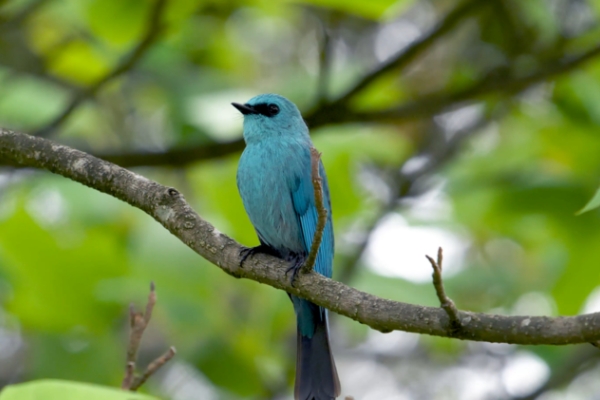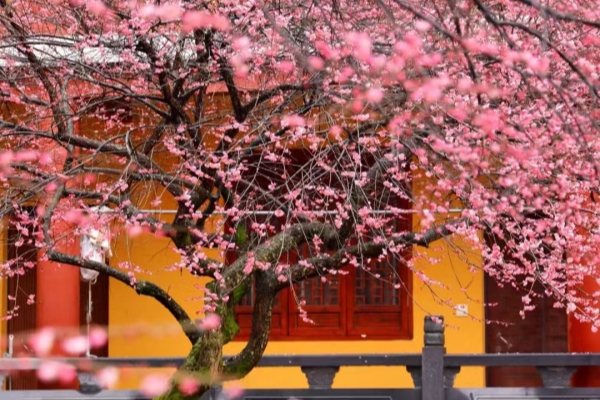Treasured natural wonders
Climate, criminals and aging are threatening the country's ancient trees
In recent years China has increased efforts to protect ancient trees, including by revising laws, conducting surveys, and undertaking various conservation measures.
In order to protect and revitalize aging and endangered ancient trees, the Beijing Institute of Landscape Architecture has also initiated a gene preservation project.
Wang Yongge, a chief expert at the institute, said that with about 5 percent of ancient trees becoming weak, endangered, or even dying each year because of aging and changed surrounding environment, this program aims to safeguard the historical and cultural resources as well as the genetic resources.
"The cloning technique is employed to preserve living plants with the exact genetic makeup as the original tree, ensuring the continuity of the historical, cultural and genetic value of these ancient treasures," she said.
The project, which began in 2009, has focused on prominent ancient trees found in various areas, such as temples, imperial tombs, parks and villages.
In Beijing, the old ginkgo tree in Tanzhe Temple and the lacebark pine in Jietai Temple have successfully reproduced through grafting, cuttings, and tissue culture, Wang said.
It has been observed that the cloned plants thrive and exhibit robust growth, with abundant foliage and vibrant blossoms. For instance, the cloned progenies of the ancient magnolia trees in Beijing's Summer Palace showcase luxurious white flowers with larger petals than the ordinary variants, Wang said.
"Old trees, as living cultural relics, follow the natural course of life, including aging and demise. The goal of preserving ancient tree genes is to perpetuate a bloodline that is identical to the parent tree," she said.
Law revision
To better preserve the ancient trees, the country revised the law and conducted national surveys.
In 2019, the Standing Committee of the National People's Congress revised the Forest Law, specifically including the protection of ancient trees as a separate provision.
In 2020, a nationwide survey of ancient trees revealed that there were 5.08 million ancient trees in the surveyed area, with about 5 percent in urban areas and 95 percent in rural areas. The survey excluded ancient trees in nature reserves and State-owned primeval forest areas.
Wang said that the surveys helped identify and protect ancient trees within urban and rural areas. However, in rural areas, the challenge lies in accessing the trees in remote locations, such as mountainous regions or within villages.
"This poses commuting difficulties and requires additional efforts to ensure conservation. However, there is a positive trend where local communities are increasingly recognizing the importance of protecting these ancient trees," she said.
In May, the National Forestry and Grassland Administration launched a project worth 10 million yuan ($1.37 million) to recruit capable teams for the "Identification Technology and System Research and Development of Wild Fauna and Ancient Famous Trees". An important task of this project is to establish a technical system for calculating the age of trees.

 Lishui establishes intelligent biodiversity monitoring system
Lishui establishes intelligent biodiversity monitoring system New fungus species discovered in Qingyuan
New fungus species discovered in Qingyuan Lishui transforms weirs to aid fish migration
Lishui transforms weirs to aid fish migration